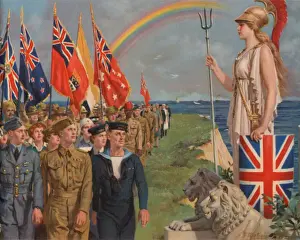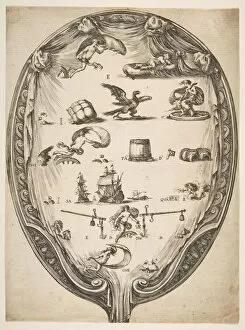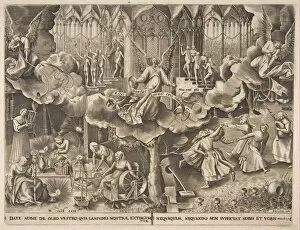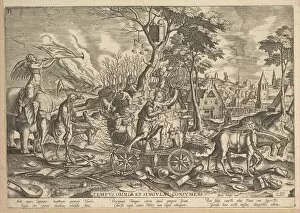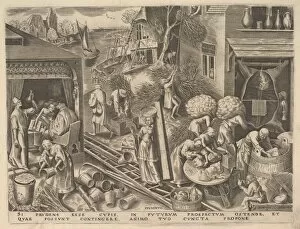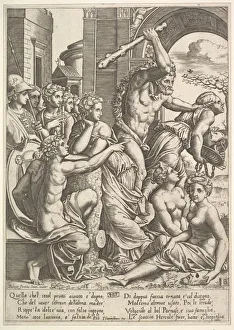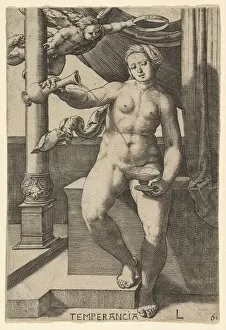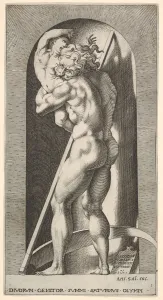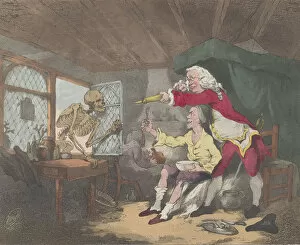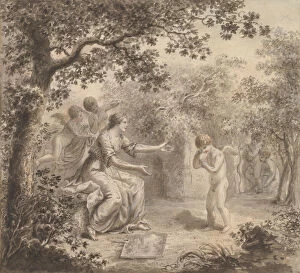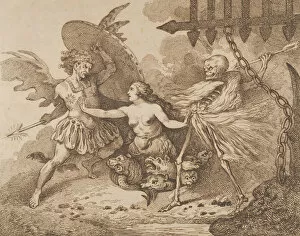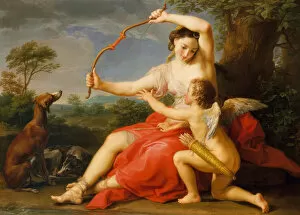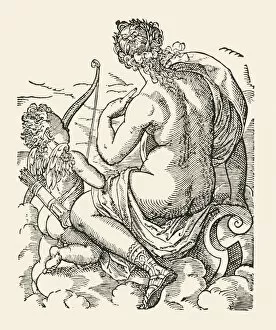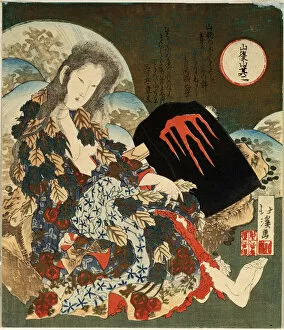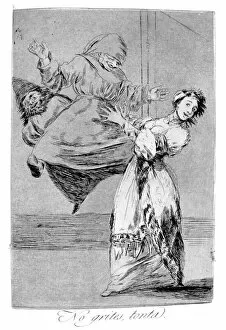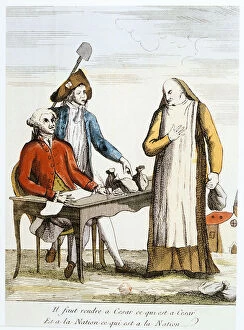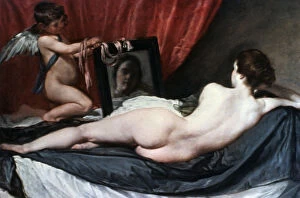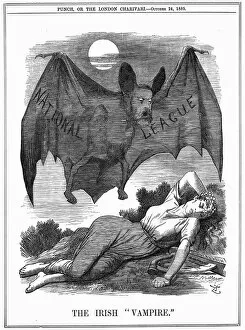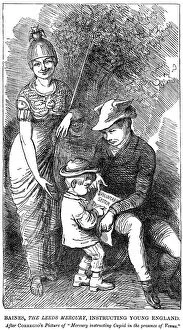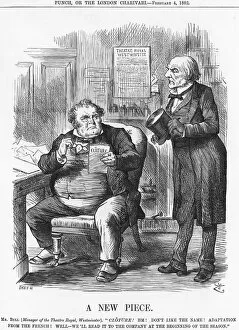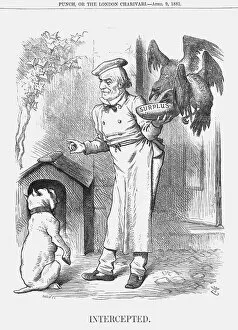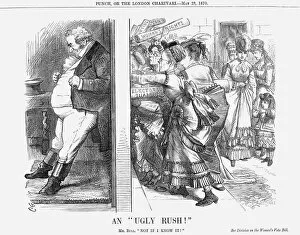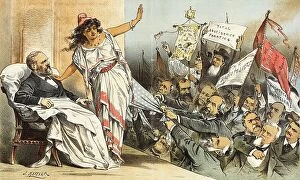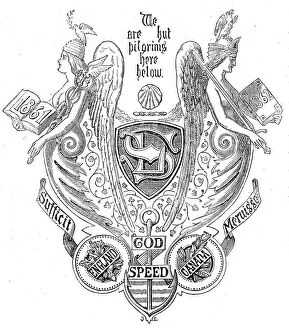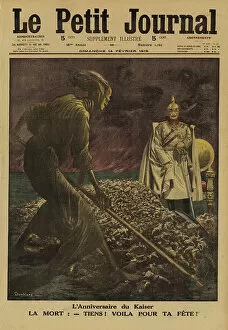Allegorical Figure Collection (page 2)
In the realm of art, allegorical figures have long captivated viewers with their symbolic representations and hidden meanings
All Professionally Made to Order for Quick Shipping
In the realm of art, allegorical figures have long captivated viewers with their symbolic representations and hidden meanings. From ancient masterpieces to modern cartoons, these figures serve as visual metaphors that convey profound messages. One such example is "The Contrast" by Thomas Rowlandson, a satirical depiction of social class divisions in December 1792. Through exaggerated characters and contrasting settings, Rowlandson highlights the disparities between the wealthy elite and the impoverished masses. Another intriguing portrayal is found in William John Wainwright's "Parable Of The Wise And Foolish Virgins" from 1899. This religious allegory explores themes of preparedness and wisdom through its depiction of virgins awaiting a bridegroom's arrival. Sandro Botticelli's iconic masterpiece "Primavera, " created around 1478, presents an allegorical figure representing springtime. With delicate brushstrokes and vibrant colors, Botticelli captures the essence of rebirth and renewal during this season. Agnolo Bronzino's "An Allegory with Venus and Cupid, " painted between c1523-1568, delves into love's complexities through its portrayal of these mythological figures. Symbolizing desire alongside deceitfulness, Bronzino invites contemplation on the intricacies of human relationships. Moving beyond paintings, historical events also inspire allegories like the Pilgrim Fathers boarding the Mayflower. This image represents their quest for religious freedom as they embark on a treacherous journey to establish a new life in America. Mary L. Macomber's painting "Night and Her Daughter Sleep" from 1902 personifies night as an allegorical figure cradling her daughter sleep. It symbolizes tranquility amidst darkness while evoking thoughts about restorative rest.



